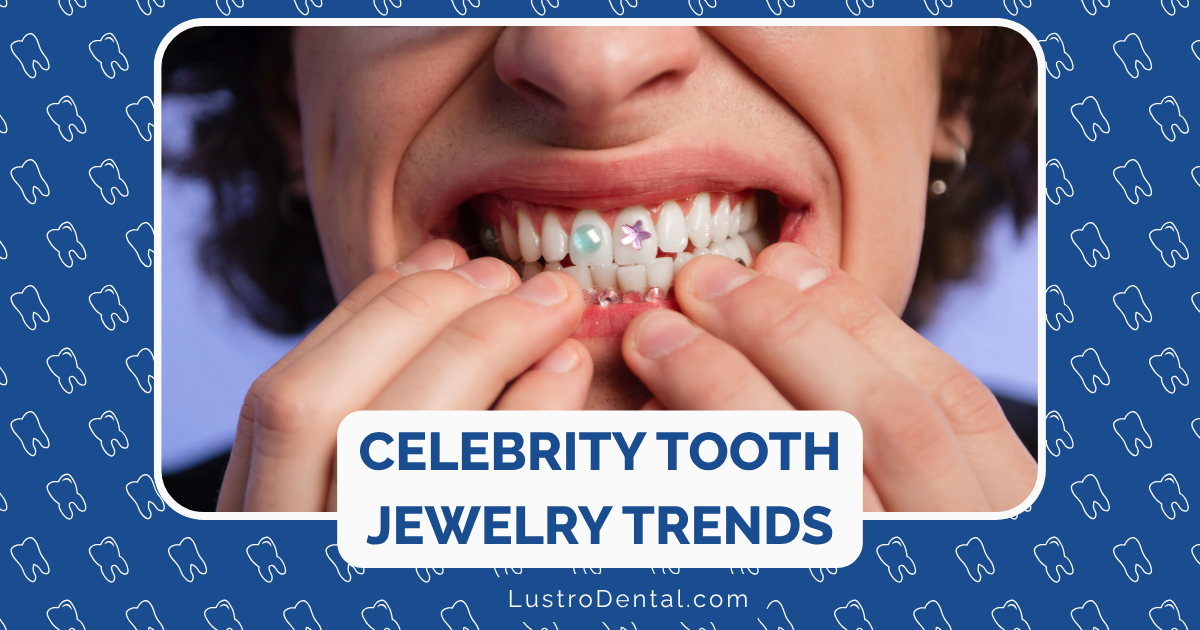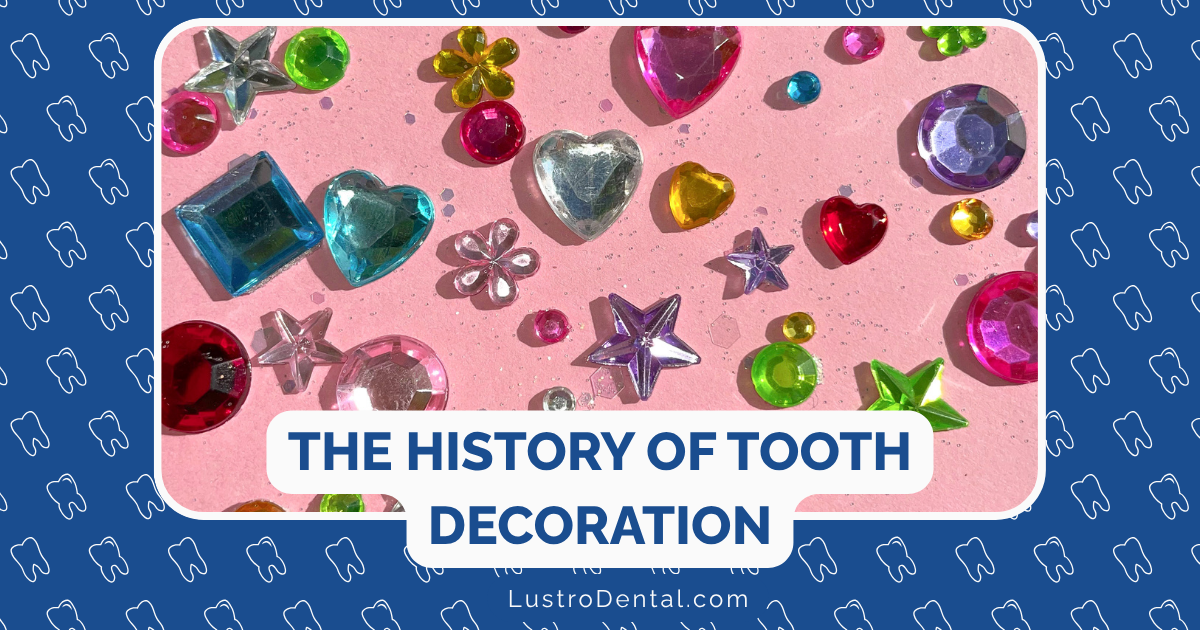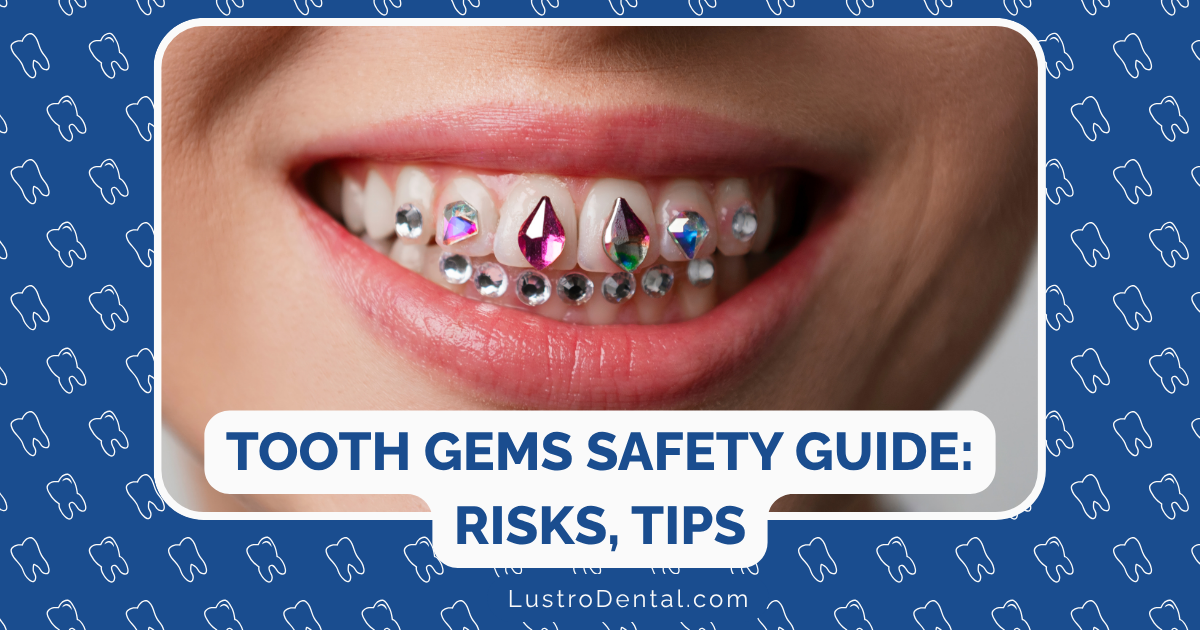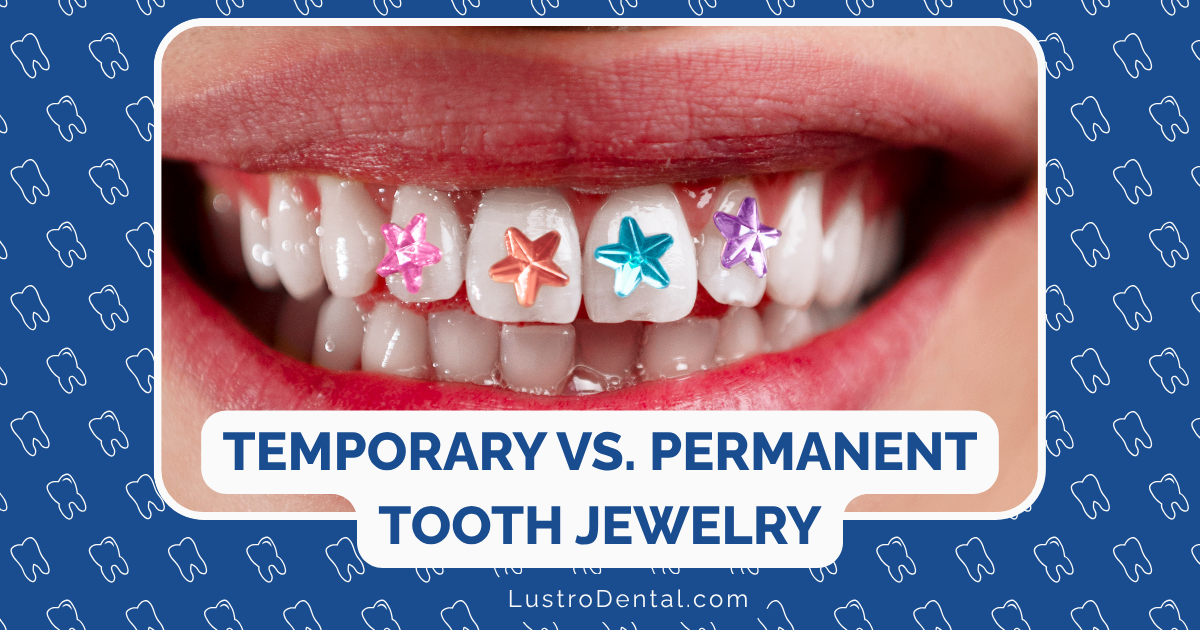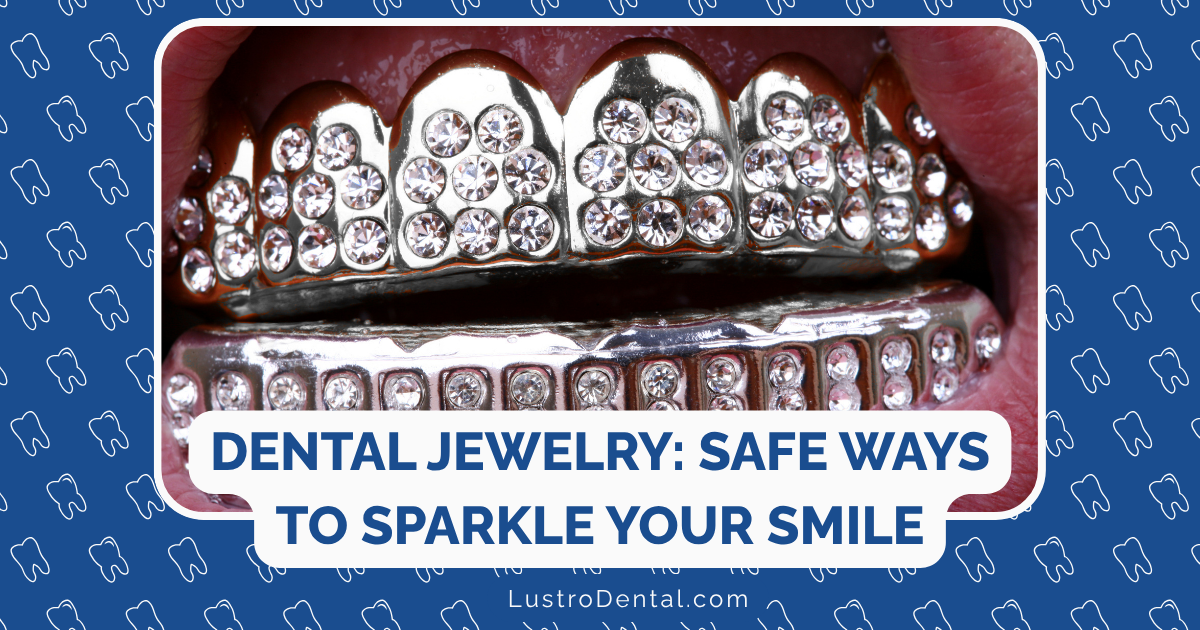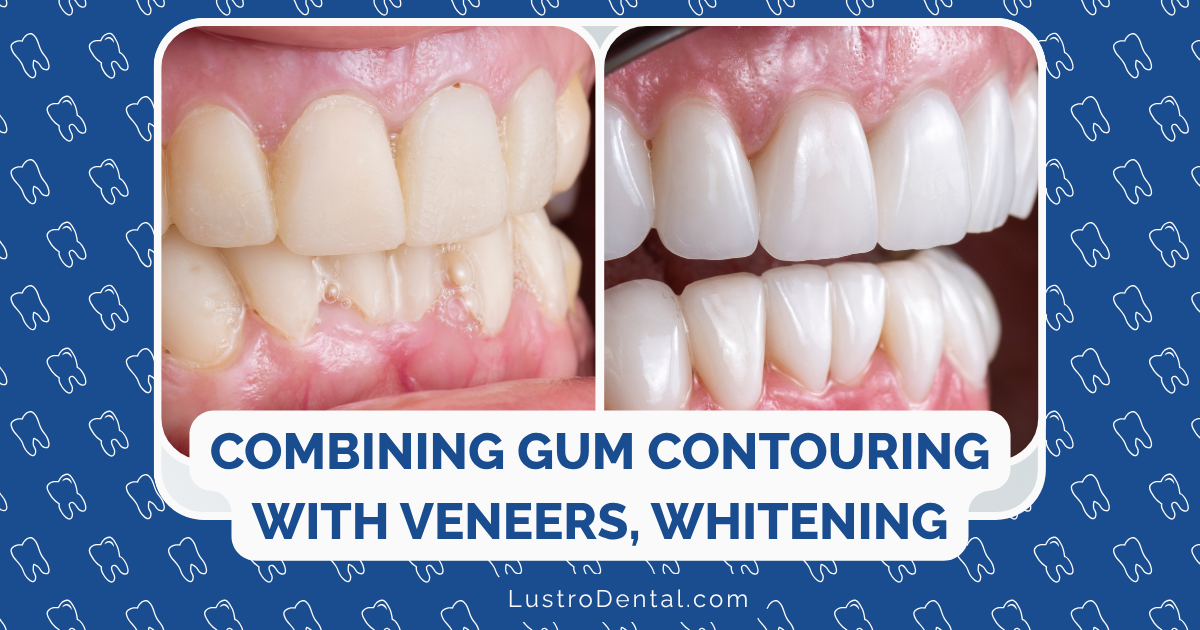The 3-Week Plan to Naturally Whiter Teeth Without Damaging Your Enamel
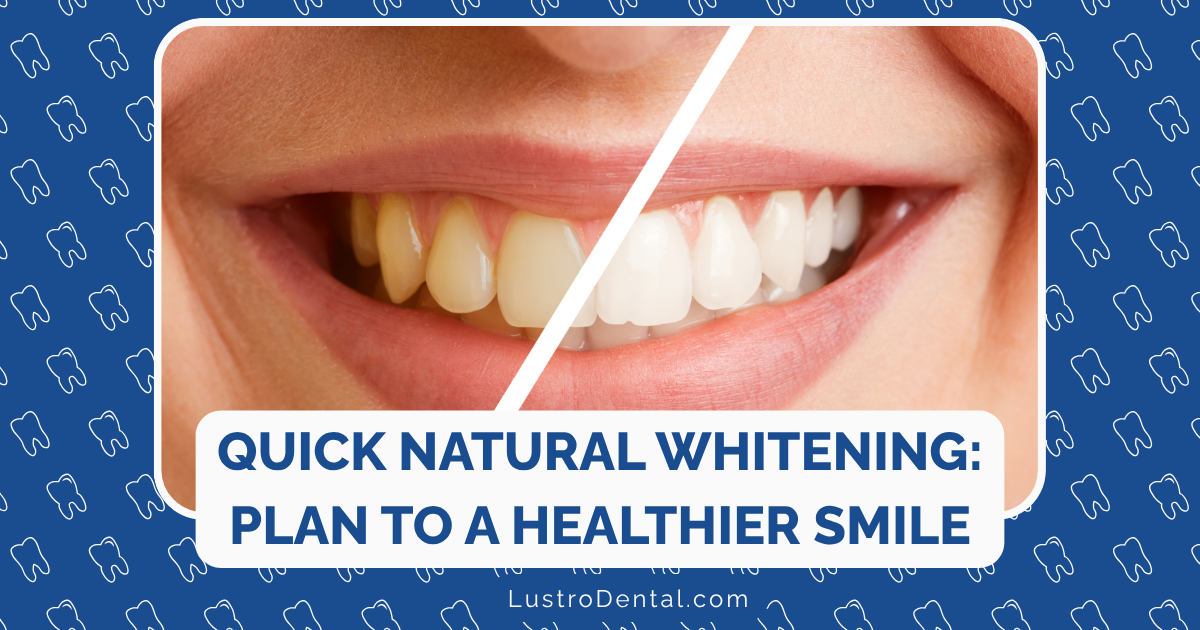
A bright, white smile can transform your appearance and boost your confidence. But with nearly 80% of adults concerned about the color of their teeth, many turn to harsh chemical treatments or abrasive DIY methods that can damage precious enamel—the protective outer layer of your teeth that, once gone, doesn’t grow back.
The good news? You don’t have to choose between a dazzling smile and healthy teeth. This carefully structured 3-week plan combines gentle, evidence-based natural whitening methods with proper dental care to gradually brighten your smile without compromising your oral health.
Why Most Quick Whitening Methods Damage Your Teeth
Before diving into what works, let’s understand what to avoid. Research indicates that improper whitening methods can lead to enamel loss in 1 out of 3 individuals, according to Dr. Braces.
Common damaging practices include:
- Lemon juice and baking soda mixtures: The high acidity of lemon juice can erode enamel permanently
- Undiluted hydrogen peroxide: Too strong a concentration can damage gum tissue and increase sensitivity
- Activated charcoal scrubbing: Despite its popularity, charcoal’s abrasiveness can scratch enamel
- Apple cider vinegar rinses: The acidity can weaken enamel structure over time
- Excessive use of whitening strips: Overuse can lead to gum irritation and enamel thinning
Understanding Tooth Discoloration: Know Your Enemy
Effective whitening begins with understanding why your teeth have lost their luster in the first place.
Extrinsic vs. Intrinsic Staining
According to JS Dental Lab, tooth discoloration falls into two main categories:
- Extrinsic stains occur on the outer surface of teeth from foods, drinks, and lifestyle factors like smoking. These respond well to natural whitening methods.
- Intrinsic stains develop inside the tooth from aging, genetics, medications, or trauma. These are more challenging to address naturally and may require professional intervention.
Knowing which type of discoloration you’re dealing with helps set realistic expectations for your natural whitening journey.
The 3-Week Natural Whitening Plan
This graduated approach introduces gentle methods progressively, allowing you to monitor sensitivity while gradually building toward a brighter smile.
Week 1: Foundation Building
Daily Practices:
- Brush Properly: Brush for a full two minutes, twice daily, using a soft-bristled toothbrush and fluoride toothpaste. Focus on the gumline where stains often accumulate.
- Hydration Boost: Increase water intake to 8-10 glasses daily. Research shows that proper hydration supports saliva production, which naturally cleanses teeth and neutralizes acids.
- Introduce Oil Pulling: Start with 5 minutes of swishing 1 tablespoon of coconut oil (the most studied oil for this purpose) each morning before brushing. According to Health.com, a study found that oil pulling significantly reduced Streptococcus mutans bacteria after just two weeks.
- Stain-Fighting Foods: Incorporate one crunchy, cleansing food like apples, celery, or carrots into each day’s meals. These foods naturally scrub teeth while stimulating saliva production.
Avoid This Week:
- Coffee, tea, red wine, and dark sodas
- Tobacco products
- Berries and deeply colored sauces
Week 2: Gentle Enhancement
Continue Week 1 Practices, Plus:
- Baking Soda Brushing: Twice weekly (not daily), dip a damp toothbrush in a small amount of baking soda and gently brush for one minute before your regular brushing. According to Healthline, baking soda has natural whitening properties and is significantly less abrasive than many commercial whitening products.
- Extend Oil Pulling: Increase to 10-15 minutes daily. The longer duration allows the oil to better attract and remove stain-causing bacteria.
- Strawberry Polish: Once this week, mash one strawberry with a pinch of baking soda and apply to teeth with a soft toothbrush for two minutes, then rinse thoroughly. Strawberries contain malic acid, which can help brighten enamel when used occasionally.
- Dairy Integration: Add calcium-rich yogurt or cheese to your daily diet. These foods help strengthen enamel and create a protective film that can prevent staining.
Weekly Assessment: Check for any sensitivity or gum irritation. If present, skip the baking soda and strawberry treatments for a few days and focus on gentle brushing and oil pulling.
Week 3: Optimized Brightening
Continue Previous Practices, Plus:
- Diluted Hydrogen Peroxide Rinse: Twice this week, after brushing, rinse with a mixture of equal parts 1.5% hydrogen peroxide and water for 30 seconds. Research cited by Dent Akademi Global confirms this concentration is safe for occasional use.
- Turmeric-Coconut Oil Paste: Once this week, make a paste with 1/4 teaspoon turmeric powder and coconut oil. Apply to teeth for 2-3 minutes, then rinse thoroughly. Despite its vibrant color, turmeric actually helps remove surface stains and reduces inflammation.
- Pineapple Enzymes: Eat fresh pineapple twice this week. Studies have shown that bromelain, the enzyme in pineapple, combined with other gentle whitening methods, enhances the overall whitening effect.
- Complete Oil Pulling Regimen: By now, aim for the full recommended 20 minutes of oil pulling each morning.
Final Assessment: Take a photo in natural lighting to compare with your pre-treatment smile. Most people notice a 1-2 shade improvement using natural methods consistently over three weeks.
Maintenance Plan: Sustaining Your Results
After completing the 3-week plan, maintain your whiter smile with these ongoing practices:
- Continue oil pulling 3-4 times weekly
- Use baking soda brushing once weekly
- Maintain excellent oral hygiene with twice-daily brushing and daily flossing
- Stay hydrated and continue eating cleansing, crunchy foods
- Consider a straw for staining beverages
- Schedule professional dental cleanings every six months
When to Consider Professional Help
While natural methods can be effective for mild to moderate staining, some situations warrant professional consultation:
- Intrinsic staining that doesn’t respond to natural methods
- Severe discoloration from medications or medical conditions
- Persistent sensitivity despite using gentle approaches
- Uneven coloration or white spots
According to Penn Dentist, professional treatments can lighten teeth by up to 8 shades in a single session, while natural methods typically achieve 1-2 shades of improvement over several weeks.
The Science Behind Natural Whitening
What makes these natural approaches effective without damaging enamel?
- Oil pulling works by attracting and binding to bacteria and stain particles through a process called saponification
- Baking soda has a mild abrasive quality that removes surface stains without scratching enamel, plus its alkaline nature helps neutralize acids
- Malic acid in strawberries acts as a natural astringent that can help remove surface discoloration
- Calcium-rich foods help remineralize enamel, making teeth appear naturally brighter
- Crunchy fruits and vegetables mechanically remove plaque and stimulate saliva production
Real People, Real Results
Sarah, a 34-year-old coffee lover, shares: “After years of harsh whitening strips that left my teeth painfully sensitive, I tried this natural approach. It took patience, but after three weeks, my smile was noticeably brighter, and for the first time, I didn’t have to deal with that awful zinging sensation when drinking cold water.”
Michael, 42, reports: “As a red wine enthusiast, I’d resigned myself to dull teeth. This gentle approach not only brightened my smile but actually improved my overall oral health. My dentist noticed less plaque at my next checkup too.”
Conclusion: Patience Yields Results
While the allure of overnight whitening is tempting, the healthiest approach to a brighter smile is gradual and gentle. This 3-week plan respects your enamel’s integrity while still delivering noticeable results. Remember that consistency is key—natural methods require commitment but reward you with both whiter teeth and improved oral health.
Your smile is worth the investment of time and care. By choosing gentle, natural approaches, you’re not just whitening your teeth—you’re nurturing them for a lifetime of healthy smiles.


